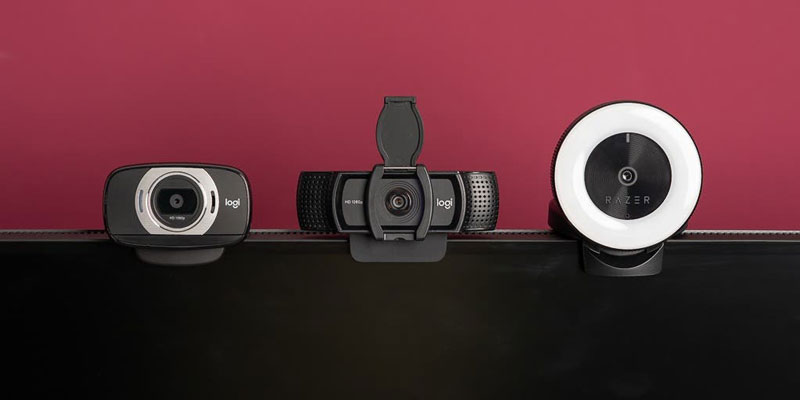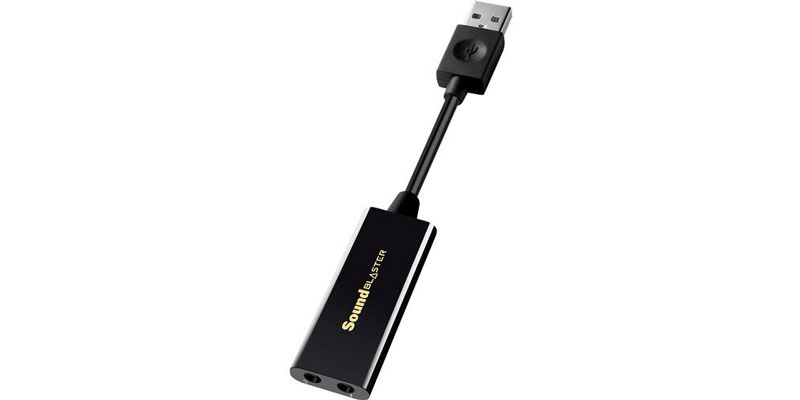It is not enough to place loops on the hard drive in a folder for GarageBand to recognize them as an option for use. Additionally, you will need to make GarageBand aware of the situation.
To accomplish this, you will need to force GarageBand to index new loops, resulting in the program creating an internal card library of the loops and the locations at which they may be found.
If something goes wrong with the loop index in GarageBand, you can find that none of the icons in the Loop website are active, and no loops are displayed in the list. It's possible that certain loops only exist in the name. Rebuilding the GarageBand loop index is the recommended action in these scenarios.
Loop Browser is Empty
Step 1: Quit GarageBand. Open your hard drive in the Finder, and then navigate to the Library >'' Application Support >'' GarageBand >'' Apple Loops folder. You can view the text files that comprise your current index once you enter this section. Simply dragging these files into the Trash will do.
Step 2: After restarting GarageBand, select the "Loop Browser" button to continue (which looks like an eye). The "No Apple Loops Found" dialogue box will appear when you launch GarageBand. Select the OK button, then go back to the Finder.
Step 3: Launch your media player and navigate to the Library folder: GarageBand is the application that provides support. Move the Apple Loops folder into the Loop browser by dragging it from the GarageBand folder into any available space in the Loop browser. The loop index in GarageBand will be recreated conscientiously, taking into account the present location and the contents of the Loops folder.
Step 4: If the Jam Pack is loaded, drag its folder into the Loop browser. The Jam Pack folder can be found in the Library under Application Support >'' GarageBand.
No Sound from a Mic or Real Instrument

For whatever reason, if GarageBand doesn't detect any sound coming in here from your microphones or line input, your Mac may lack the necessary audio-listening training. The Input tab can be found in the Sound preference pane in the Finder under the Sound menu.
Choose the audio input you want to tape, and then adjust the Moderate Increase slider for your singing or playing. Return to GarageBand and open its Audio/MIDI options. Please ensure the correct audio input is selected in the Audio Input pop-up menu by clicking on it.
If the problems continue, try these steps:
Step 1 Make sure you're dealing with a blue Real Instruments track. GarageBand ignores your microphones or instrument if a green Software Instrument track is chosen.
Step 2 Double-check that this track isn't muted or soloed before continuing. (The speaker symbol in your track's header should be blue, and no other instrument's earphone icon must be lit up.) While at it, ensure the track's volume control isn't set to zero.
Step 3 GarageBand may be set up and listened to the wrong channel. Double-click the track header and inspect the Input pop-up menu and Format (Mono/Stereo) settings.
It's important to ensure that the volume on your mixer or sound card is zero.
Step 5 Check if you hear some sound from the device. If it's electric, ensure that this is turned on, with the volume turned up. Also, ensure all the connectors are decent if you've integrated plug adapters into the mix.
Step 6 When you're using a Griffin iMic adapter, be careful to plug in the microphone or other input device into the iMac's input jack before utilising the Griffin adapter.
Switch the iMic selector to the microphone symbol on the device as well. iMic USB Audio System can be selected from the Audio Input pop-up option in GarageBand's Audio/MIDI preference pane.
Sound Proof External Speakers

While GarageBand typically plays back sounds through a Mac's built-in speakers or headphones plugged into its headphone socket, it can also play back sounds using external speakers or headphones. However, what if you've decided to go with a pair of high-end USB speakers?
Or what if you've attached an audio connection box hooked up to its sound system? In some circumstances, you'll need to alter your audio selections. Open GarageBand's Audio/MIDI settings.
The Audio Input Driver pop-up menu allows you to select the brand of your external speakers. If you don’t see it mentioned, you may have to install the necessary driver—this normally comes with the loudspeakers or audio box.



